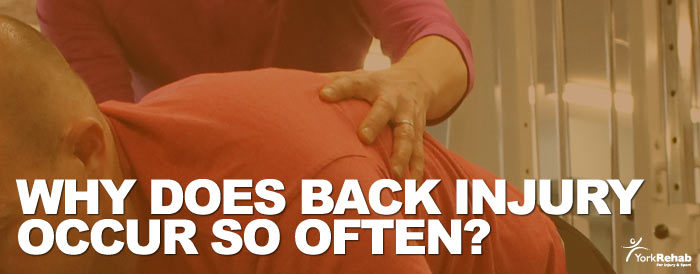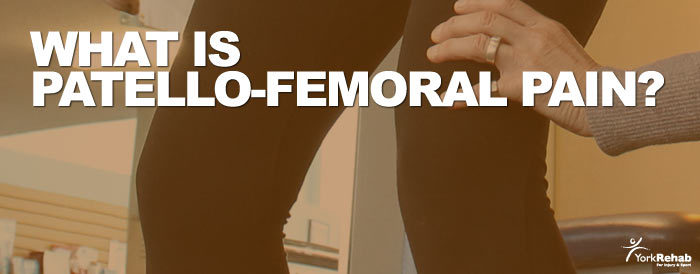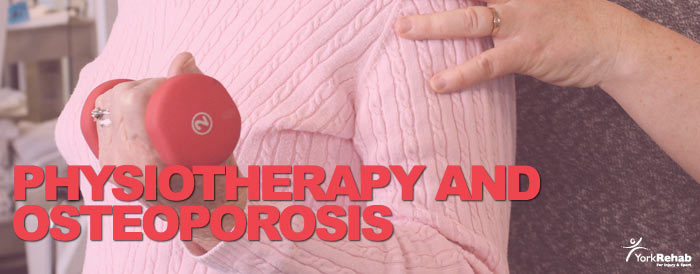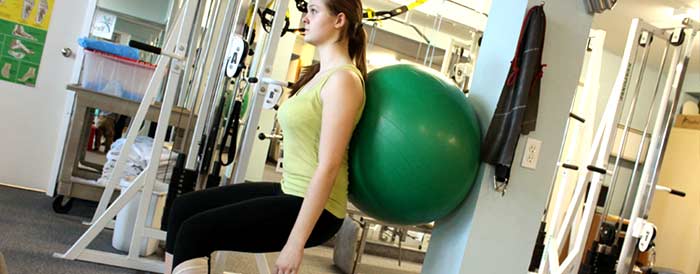Injury & Recovery
Why Does Back Injury Occur So Often
The vast majority of back injuries are accumulative in nature. What that means is that, on average, it takes 35 to 55 years of living before you accumulate enough wear and tear on the structures of the back that they begin to cause pain. The onset of pain can be quite variable. Often a person may notice only a bit of stiffness after prolonged sitting or bending, or mild discomfort after physical exertion such as snow shoveling. This can go on for years before anything more dramatic occurs. For others, the onset can be sudden and intense after a seemingly innocuous event such as sneezing or a bout of coughing.
Of course, back pain can also occur as the result of an injury where enough force is involved that the back structures sustain an acute injury. For example, a hyper-extension injury in soccer, falling off a horse or a car accident. In these circumstances, the back will progress through a healing cycle and repair the tissue. Depending on the severity of the injury, as with any structures of the body, you may be left with a “weak link” as the repair may not be perfect (eg. Ligaments maybe more lax post-injury which can affect the mechanics of the spine).
Obviously, these “weak links” will be more vulnerable to the usual stresses we place on the spine such as poor posture, inactive lifestyles etc. As a result, it is often noted that the pain from the original injury at some point did actually resolve but returned months or years later. This leads people to believe that the original injury never healed when in fact postural habits and time are catching up with them and “weak links” are going to feel the effects first.
With any injury it is helpful to receive some education on the healing process early on and instruction on what you can do to promote tissue repair to get the best outcome possible. Early intervention is the key.
What Is Patello-femoral Pain?
The spontaneous onset of anterior knee pain is a fairly frequent occurrence. It is often diagnosed as “Patello-femoral pain” a term which describes the pain as originating at the kneecap. The kneecap is a disc-like bone that sits on the top of the knee joint and is embedded in the tendon of the large muscle at the front of your thigh, the Quadriceps muscle. As you bend and straighten your knee the kneecap slides up and down across the front of your knee and provides a bit of elevation for the quadriceps tendon thereby allowing the knee to be fully extended. The underside of the kneecap is composed of cartilage which can gradually wear down as we age and through the accumulation of impact injuries to the knee (eg sports injuries). Other factors that can contribute to the development of knee pain include excessive body weight, genetics, and the bony architecture of the individual.
Inflammation can develop under the kneecap over time leading to episodes of pain, particularly when the kneecap is compressed against the knee joint. This typically occurs with activities like kneeling, squatting down, climbing up and down stairs, or sitting with the knees bent at an acute angle.
Unfortunately, it is not possible to regrow cartilage therefore the damage to it is cumulative. There is ongoing research into possible substances that may help regenerate cartilage after injury. The most well known of these is probably Glucosamine Chondroitin and early studies look promising that it may be of some benefit. Otherwise, treatment can include non-steroidal anti-inflammatory medication, and/or physiotherapy.
Physiotherapy treatment aims to relieve pain through various interventions which can include taping, ultrasound, acupuncture, and education on avoiding pain-provoking positions. Once pain control is achieved, exercises should be introduced to restore flexibility and strength in the knee.
Can Physiotherapy Help People with Osteoporosis?
Osteoporosis is a condition which affects millions of North Americans and millions more are at risk. Osteoporosis, which means “porous bone” is characterized by decreased bone density and structural deterioration of the bone. As a result the bones become weak and brittle. This brittleness can then result in bones that can fracture much more easily than normal. For example, fractures may occur with just coughing or sneezing, bending over, or lifting. The fractures typically occur in the hips, spine, or wrists. Women are four times more likely to develop the condition than men.
In most cases of osteoporosis, the bones weaken when you have low levels of calcium, phosphorous and other minerals in your bones. Many more individuals may have low bone density (osteopenia) and are at risk of developing osteoporosis. Your bone density can be evaluated by a bone density test.
An important factor in decreasing the risk of developing osteoporosis is ensuring your diet includes adequate vitamin D and calcium. And even if you already have the condition, it can help to prevent bones from getting weaker. Exercise, especially weight bearing exercises, in the first two decades of life is the best way to ensure you develop good levels of bone density because as we age our bone density will gradually decrease. So if you don’t have good density to begin with, you are greater risk later on.
Nevertheless, exercising throughout life is an important way to keep your bones stronger. The best exercises include strength training, weight bearing, and flexibility. Strength training consists of using resistance (eg. free weights, resistance bands, weight machines etc.) to build muscles. In particular, the arm muscles and posture muscles. Weight-bearing exercises slow down mineral loss in the bones and include activities such as walking, dancing, and hiking. Flexibility exercises help to maintain joint and muscle mobility and this in turn improves posture as well as balance. Improving balance decreases the risk of falls which can easily cause fractures in osteoporotic bone.
If you have osteoporosis it is a good idea to consult your physician to determine the severity through a bone density test before embarking on any exercise program .A physiotherapist can then assist you to develop an appropriate and safe program. In general, individuals with osteoporosis should avoid high impact activities such as running, and jumping. As well, exercises that involve bending and twisting, such as touching your toes, rowing machines, and full sit-ups, should be avoided as they increase the risk of compression fractures in the spine.
Physiotherapy can make you stronger
“Physiotherapy can make you stronger in so many ways.” This phrase is front and centre on the Ontario Physiotherapy Association’s facebook site. With so many tools in our toolbox, our role at York Rehab is to help improve your pain and function, as well as improve the quality of your life! The team at York Rehab is committed to help you recover from injury, learn how to prevent injury, and improve all aspects of your fitness and health.
As described by the Canadian Physiotherapy Association, physiotherapy is rooted in movement sciences, using both a holistic and individualized approach. With extensive experience in post-graduate course work, the York Rehab team offers an assessment and treatment approach that is evidence based – meaning our therapy ensures the most optimal care and outcomes. Just as our degree program in Physical Therapy was completed within a Faculty of Medicine, our continuing education allows us to assume an important role within your health care team.
At York Rehab, we provide a treatment approach that uses specifically designed exercises unique to each patient, manual therapy, and various physiotherapy modalities (such as ultrasound, acupuncture, biofeedback). As the Canadian Academy of Manipulative Therapists explains: Manual therapists are well trained to use their hands to diagnose and treat limitations in movement in the spine, arms and legs. Using gentle, hands-on techniques, we can help reduce muscle tightness, improve movement in the joints, reduce pain and improve function.
Did you know that we are also trained in joint manipulation? A joint manipulation is a passive high velocity (quick) low amplitude (small) thrust that is applied to a joint beyond its physiological limit of motion, but within its anatomical limit – intended to restore optimal motion, function and/or reduce pain. Well within our scope (or skill) of practice, and regulated by The College of Physiotherapists of Ontario, physiotherapists use manipulations selectively – when the assessment, clinical experience, evidence, and patient consent indicate it is the best treatment approach. Our manipulation techniques are extensions of our mobilizations, and isolated and localized to a specific direction. In fact, we often use a distractive technique that can offer immediate relief without torque, twist or strain.
Both Bob Lyeo and Jen Bladon are Fellows with the Canadian Academy of Manipulative Therapists in Canada, whereas Ann Botham, Fiona MacKenzie, and Liisa Ruomo-Reddy are credentialed MacKenzie therapists. Having completed rigorous training, mentorship hours, and qualifying examinations, their practice also includes safe and effective spinal manipulations. When identified as an effective and necessary tool – after thorough assessment and in addition to therapeutic exercise and education – manual therapy and safe manipulation practices are an integral part of the York Rehab approach –towards recovery and a stronger you. :)
As analytical and movement experts, you are in good hands at York Rehab!!









